A seven-day clan reunion at a Perthshire school has attracted more than 70 people – including dozens from the US.
The Oliphants, once considered one of Scotland’s most powerful families, flocked in from far and wide to stay at Strathallan School, near Forgandenny, for a week of education and visits to properties associated with the clan.
Roddy Oliphant, 67, who lives near Glamis, set up a detailed itinerary that included trips to Stirling Castle, Falkirk Wheel, Bothwell Castle, Kirkhill House, Forgandenny Church, Condie House, Pitheavlis Castle, Aberdalgie Church, Glamis Castle, Arbroath Abbey and St Andrews Cathedral.
“This is the sixth gathering of this type that I have done,” said Roddy, whose son Ruaraidh was also present during the week.
“Most clans don’t do the things I do for them. I turn them into a tour of Scotland.
“It was an injection into the Scottish economy.”
This article details the significance of the Oliphant Clan and includes interviews with those who travelled thousands of miles for the occasion.
‘Fought and fallen in nearly every major Scottish battle’
The earliest information on the family is in the 1046 Abbey of Saint Wandrille records, where Osbert Olifard is documented as being the Seneschal of William the Conqueror.
His children were subsequently made Earls of Hereford and Leicester in 1067 after Osbert died defending the infant William the Conqueror.
They came to Scotland in 1181 when David Olifard changed sides and stood alongside his godfather, King David I of Scotland, in a battle in Winchester. He was the first chief of the clan.
“The Oliphants have fought and fallen in nearly every major Scottish battle,” says clan chief Richard, 68.
“Three different Oliphants in three different centuries were sent to the Tower of London.
“They died at Flodden, survived Culloden, Prestonpans and Killiecrankie, but there are fewer of them than there might be. The land holdings of the clan have also decreased over the centuries.
“The 4th Lord Oliphant owned land in at least seven different counties and in Caithness alone he owned roughly a quarter of the county, including the town of Wick.
“He also had large estates in Perthshire, Angus, Fife, East Lothian while in Edinburgh he had Broxburn, which is where the airport is – that would have been fun to have on a lease – and Muirhouse, which has the beautiful walk at Gypsy Brae.”
But despite inheriting a vast wealth, Laurence, the 5th Lord Oliphant (1583-1603), was spendthrift and every last acre was lost in his lifetime.
Rebuilt castle in Newtyle
Richard, who was recognised as the 34th chief in 2003, is now on a mission to raise the profile of the clan.
The former City financier was born and brought up with his brother Roddy in Hong Kong.
The pair were sent to an English prep school and when their parents were on UK leave, they would take the boys to visit family in Skye.
Having also heard stories from their father about internecine clan fighting their Scottish identity was strong.
In their 20s they bought and rebuilt Hatton Castle in Newtyle and set about combining it as a home and clan centre, only for the economic climate to work against them.
‘The case is very, very compelling.’
The first clan reunion was in 2009 and there have been similar events in 2014, 2017, 2018 before the gathering in July this year.
The interest in the clan has grown with the ability to communicate on social media and this month’s assembly was the biggest yet, with up to 80 people attending.
Less than half a dozen were from Scotland and there was one Australian and three Canadians present. The remainder, and overwhelming majority, were Americans who had discovered through their family tree that they were in the Oliphant Clan.
Richard and Roddy gave talks at Strathallan School to provide historical context and theories ahead of the visits and to iron out historic misinformation about the integrity of the tartan, septs and the allegiances sworn by other clans.
“Part of the process is educating people,” Roddy said. “For example, Robert the Bruce’s daughter Elizabeth married Sir Walter Oliphant and the case for her being buried in Aberdalgie Churchyard is very, very compelling.
“What I do is present to people the argument that Bothwell Castle was built by the Oliphants and that Elizabeth Bruce was legitimate and buried at Aberdalgie Church.
“It is about trying to disseminate information to people. But for me they would not know the full story.”
‘We got stuck at the top of Falkirk Wheel’
Aside from the odd hitch, the visitors enjoyed their many excursions during the recent reunion.
“People have been really really upbeat,” Roddy said. “Every day something happened the way it was not supposed to but everybody has been so brilliant
“On the first day we got stuck at the top of Falkirk Wheel so we had to get off, but the attitude and atmosphere has been fantastic.”
This feeling was echoed by many of those who visited.
‘We want the children to really grasp it’
Virginia Caldwell, 72, from Michigan, was enjoying her fourth Oliphant Clan reunion having travelled over in 2014, 2017 and 2018.
She is on the board of the Oliphant Clan and Family Association of North America and was with her husband Thomas Caldwell, 77, the chairman of the association.
Comparing this year to previous offerings, she said: “It has changed dramatically. We now have lectures prior to a visit so the people who are new will have heard about it and understood it a bit before they visit.
“Before we had lectures at night and now it has been switched around. It is extremely helpful. It is important to keep the heritage alive and impart it to the children. We want them to really grasp it.”
‘I feel freakishly like I have come home’
John Oliphant, 57, lives near Rochester in the state of New York.
This was his second clan reunion after 2014.
“I feel freakishly like I have come home,” he said. “I did my ancestry DNA and I am at least 63% Scots.
“My first US ancestors moved from Scotland to Carlisle and arrived in New York City on September 11 1811.
“I have met multiple people on this trip who say that we share grandfathers. We were looking at family trees and seeing our own families. Eight of us can prove we are distant cousins.
“We went to Aberdalgie Church, which is where Walter Oliphant of Stirling Castle was buried.
“They held a church service for us and it was super powerful to realise you were singing in the same church your ancestors did hundreds and hundreds of years ago.”
‘It has been what I expected and more’
Sandy Nickerson, 58, who lives in Arkansas, is an Oliphant who connected with the clan on Facebook two years ago.
The trip to Scotland with her husband Glen, 60, was the first time either had been in Europe.
“My maiden name is Oliphant and I am chasing my ancestry,” Sandy said. “We have got to the 1600s and Virginia but we are not sure who came over from Scotland.
“The highlight has been putting names and faces to people who at some point I will trace back.”
Glen added: “It has been what I expected and more. It’s been great.”
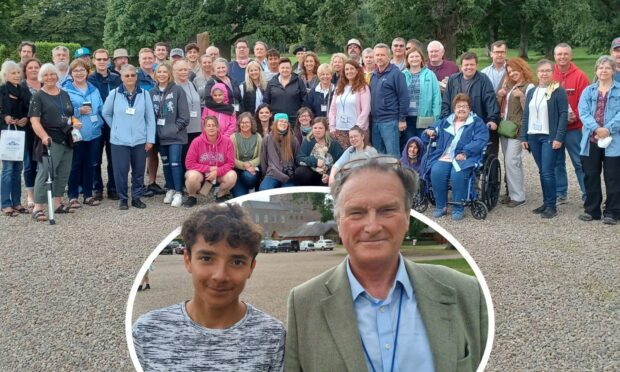
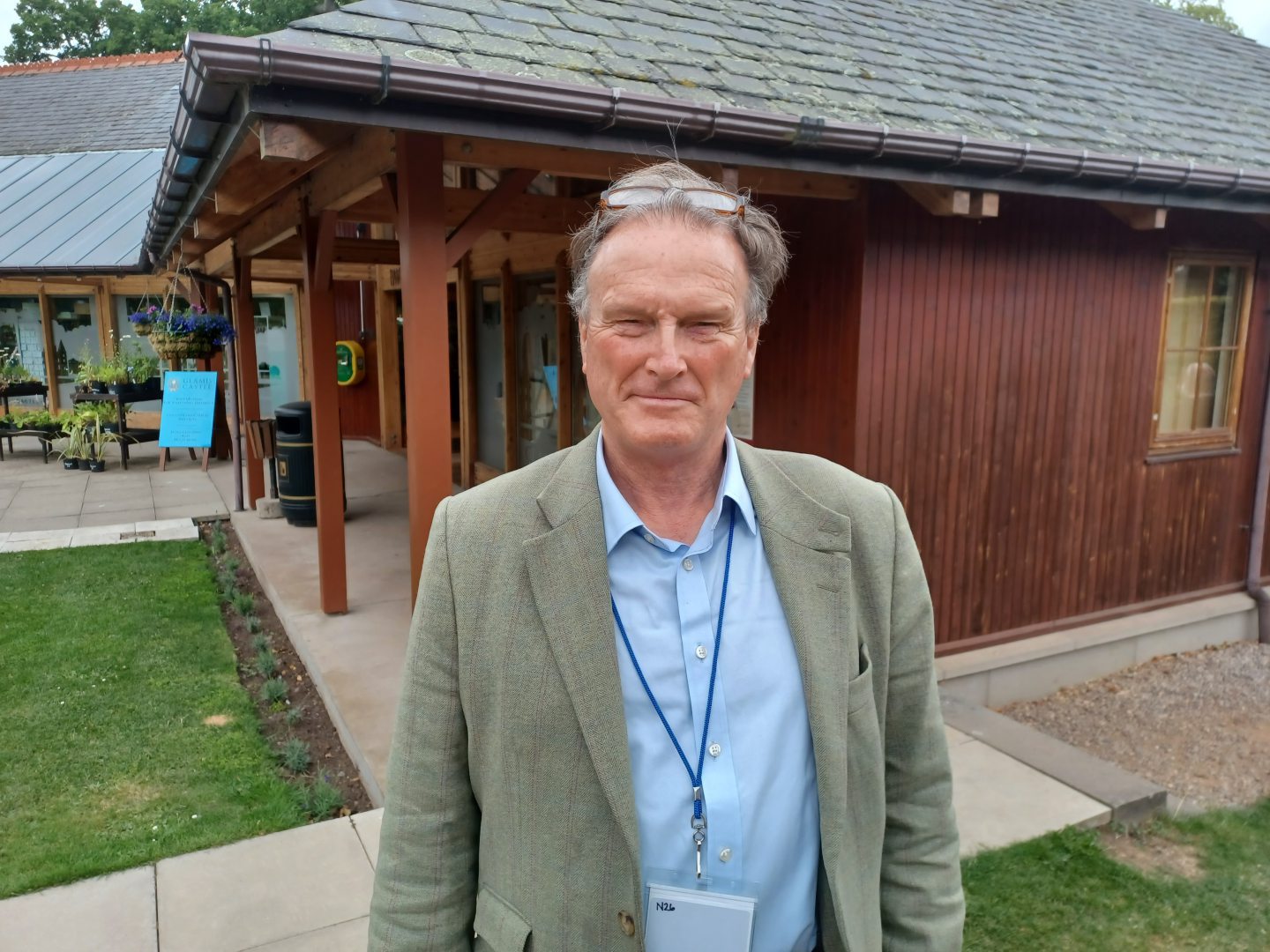
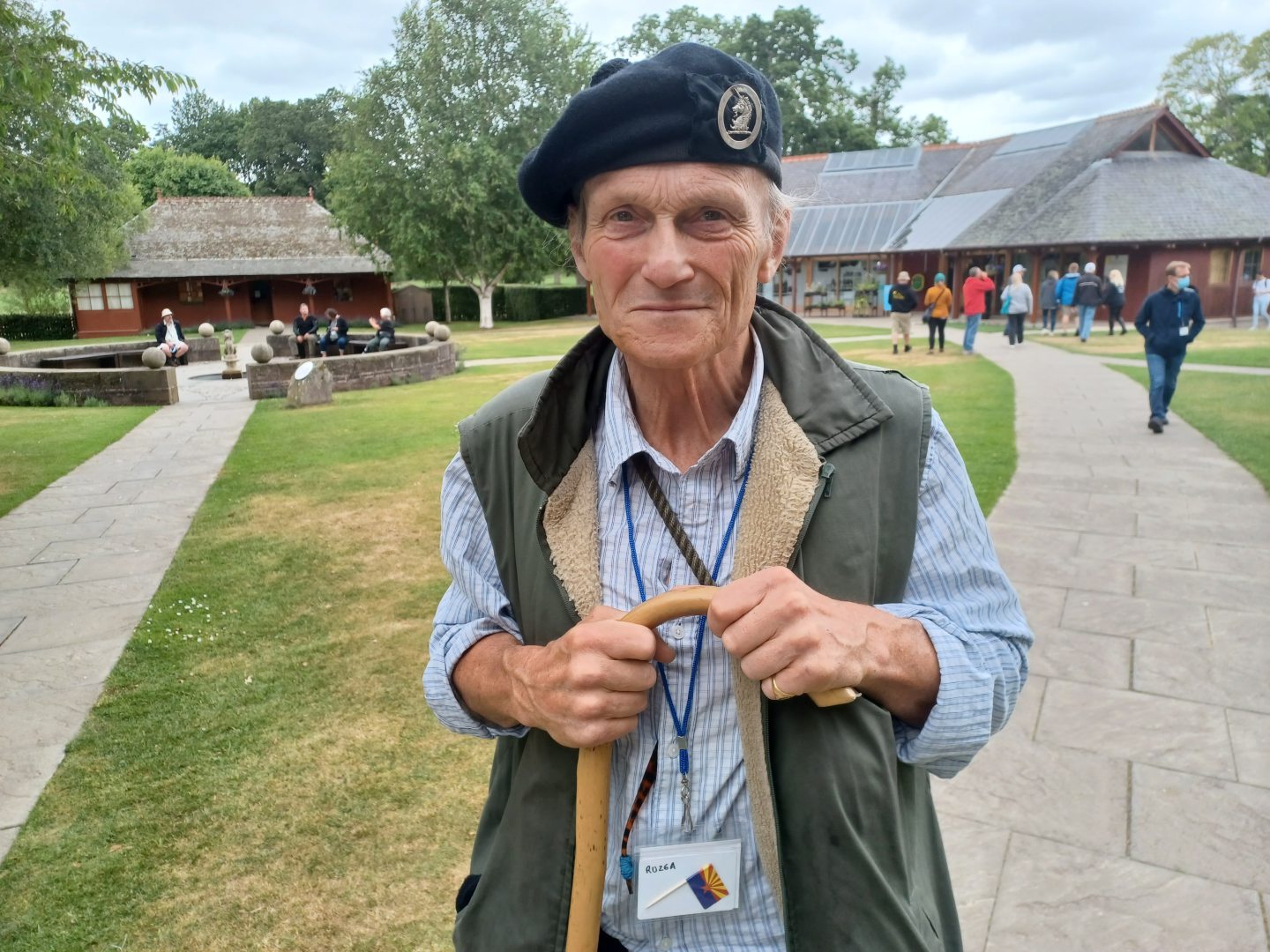
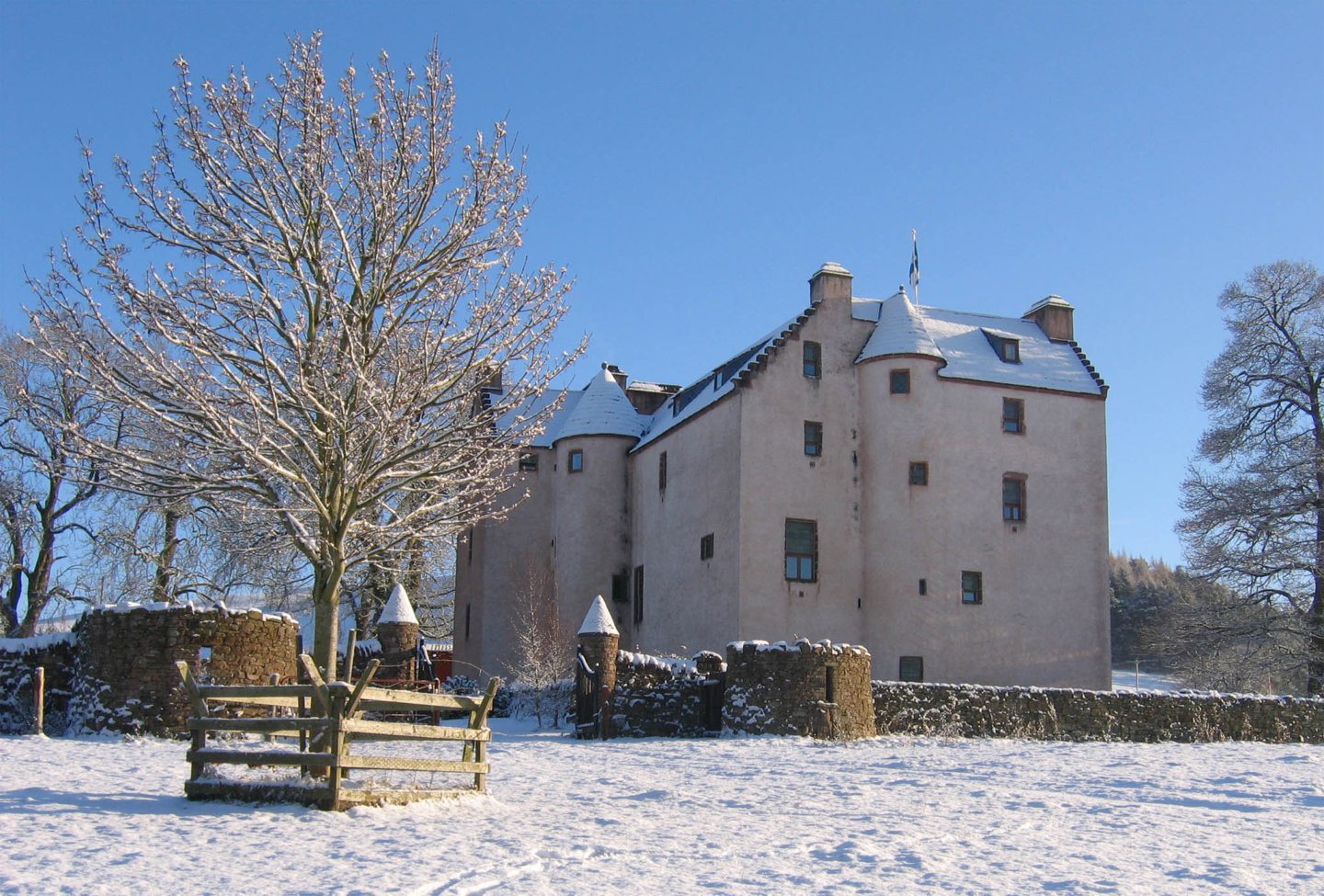
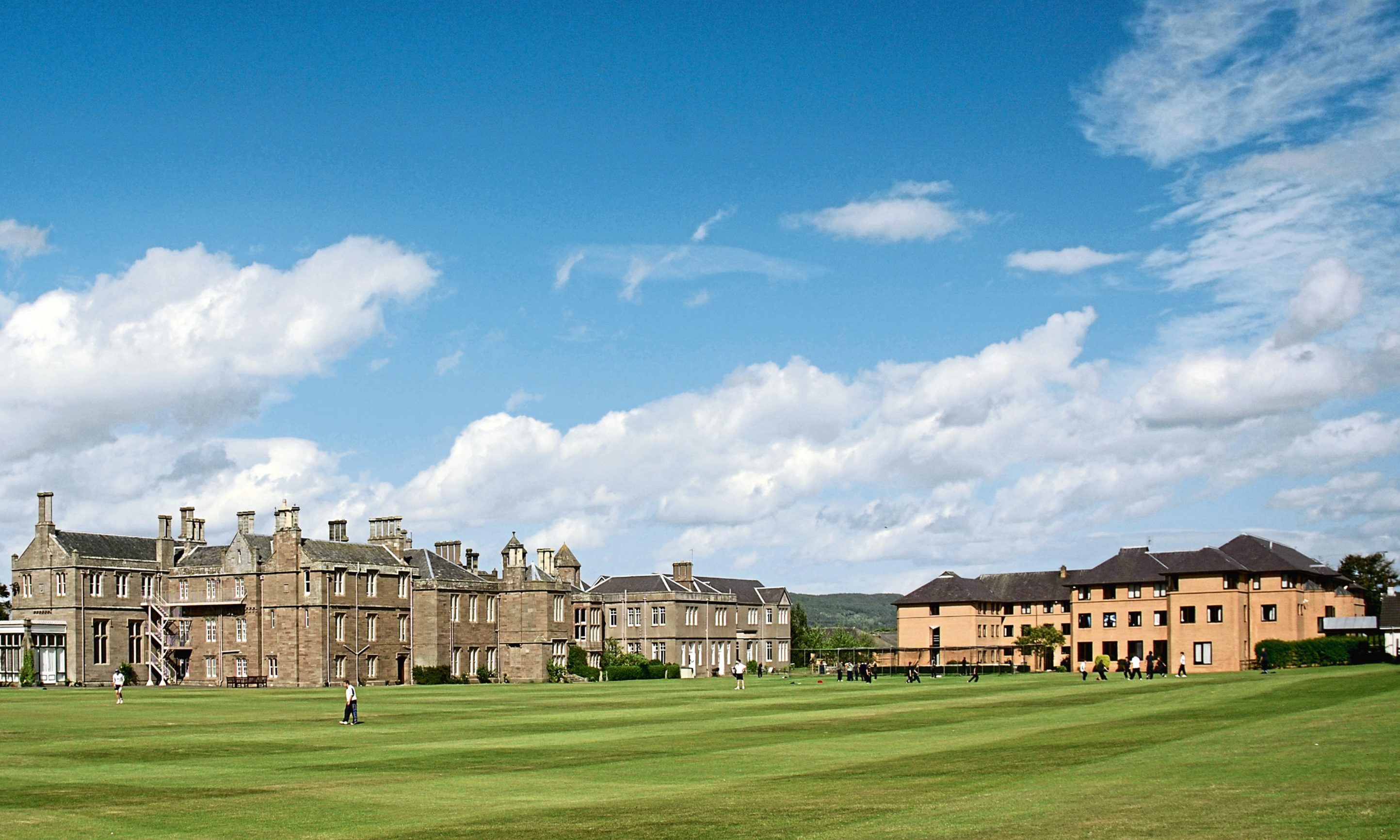
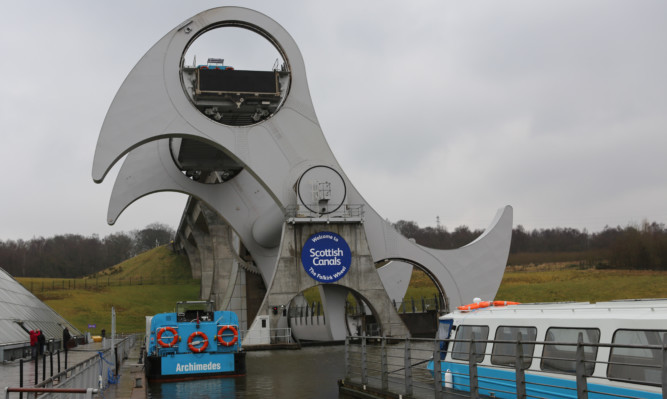
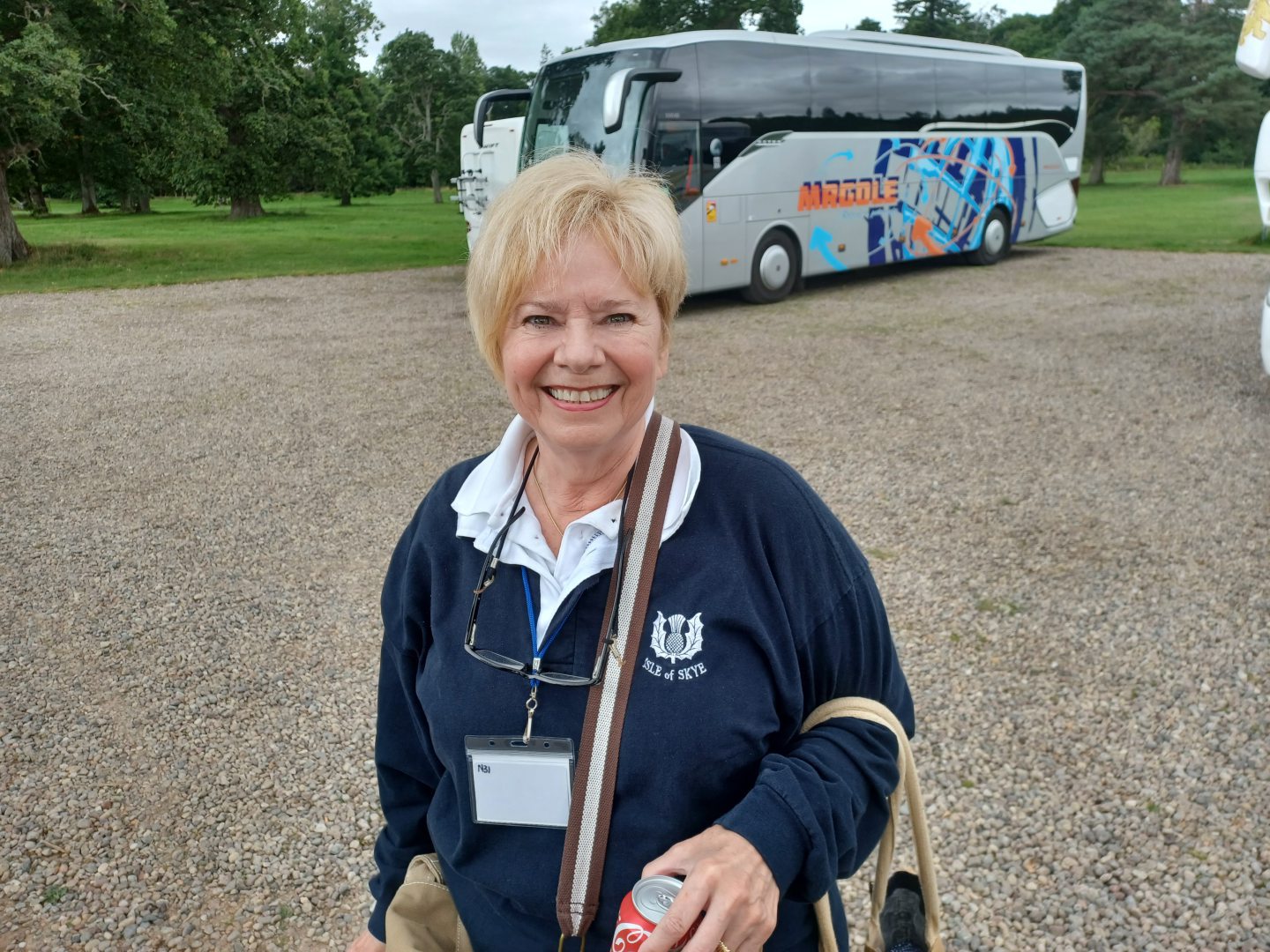
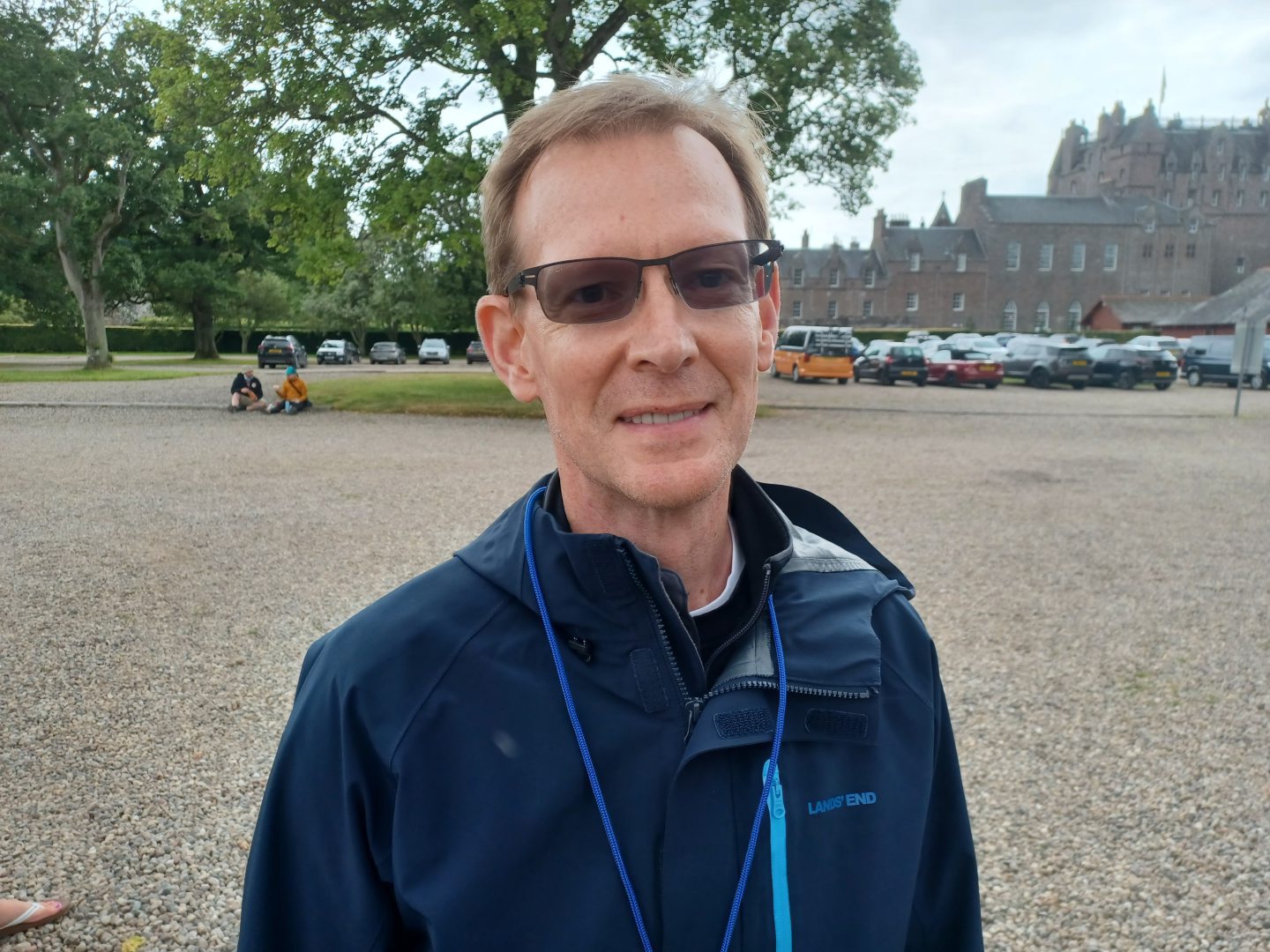
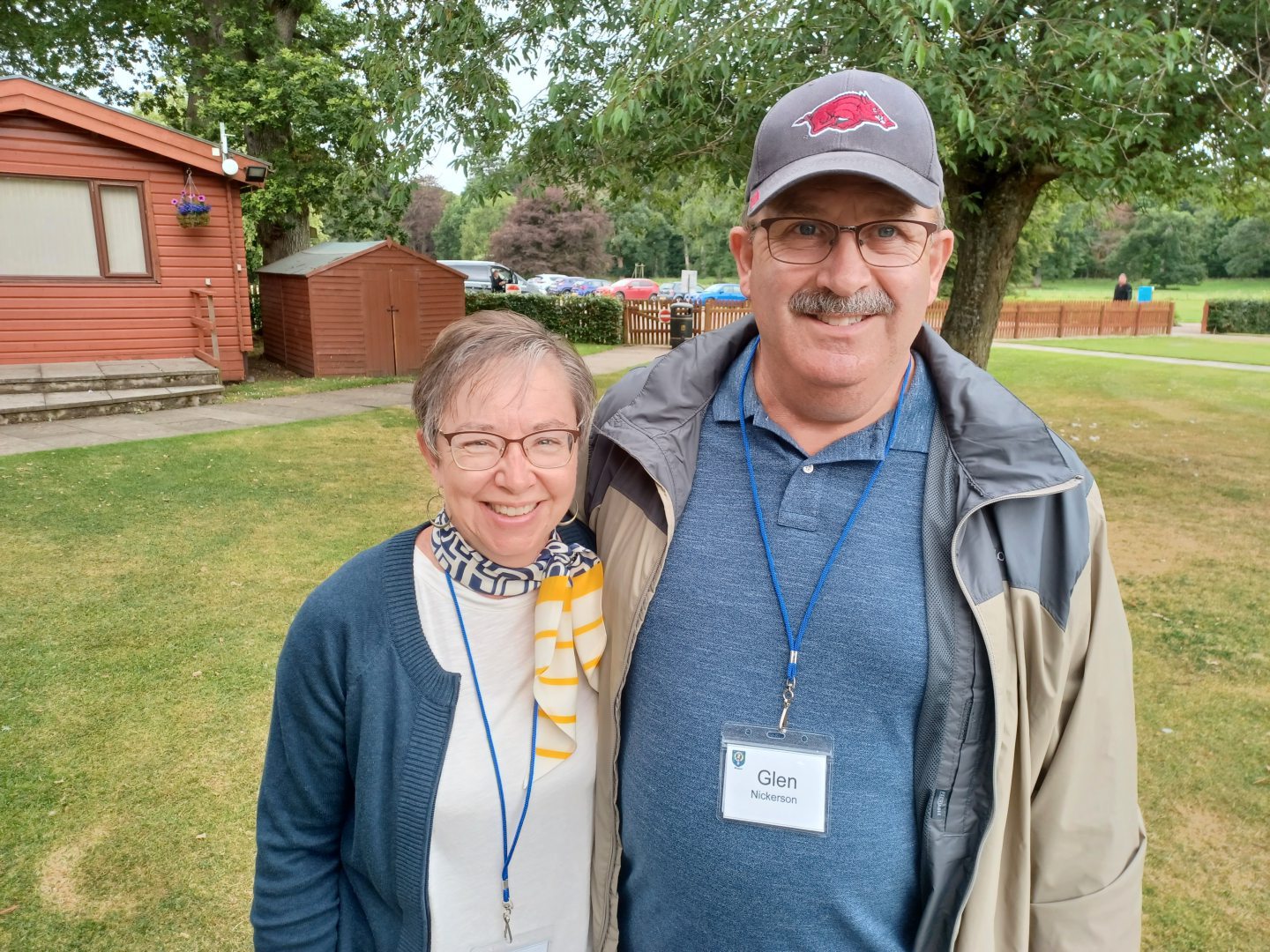
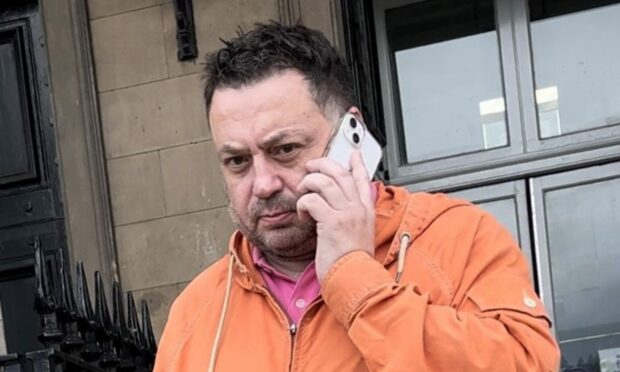
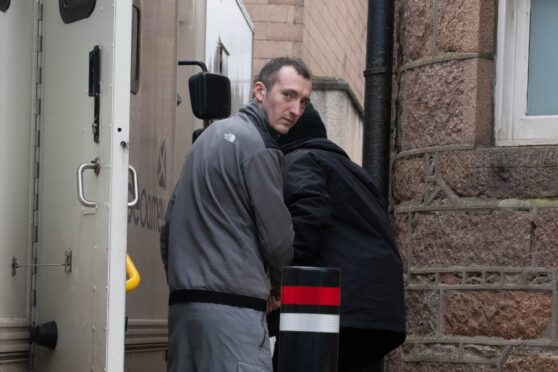
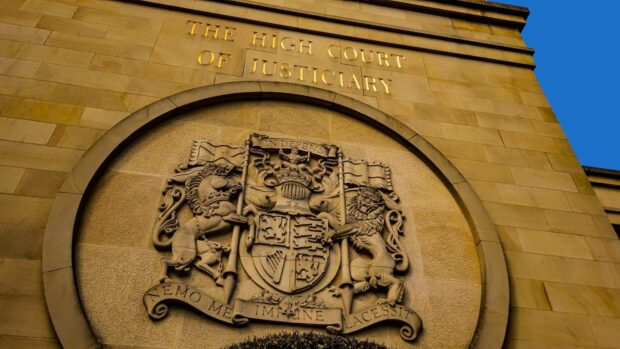
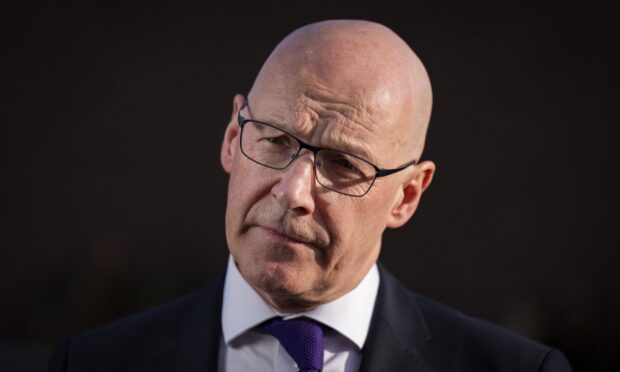
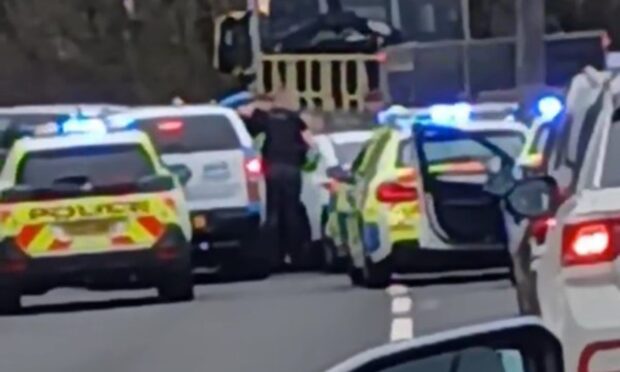
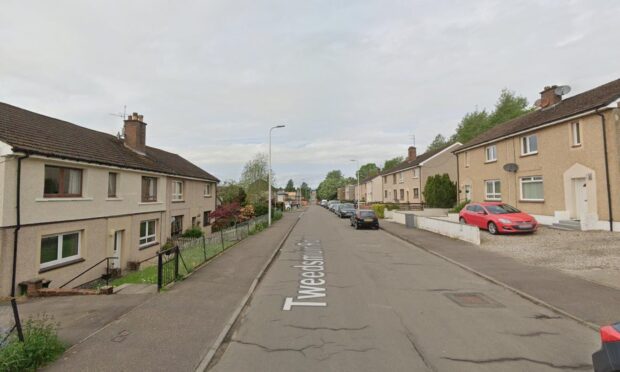
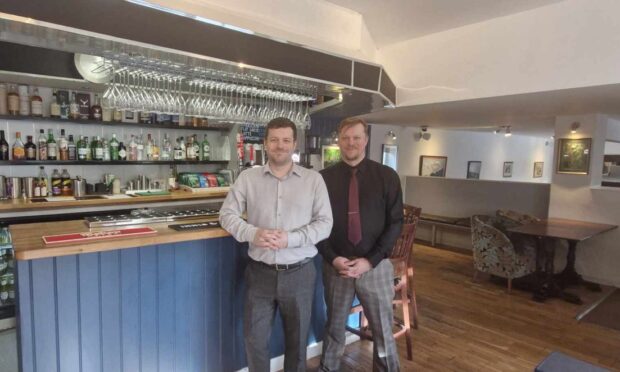
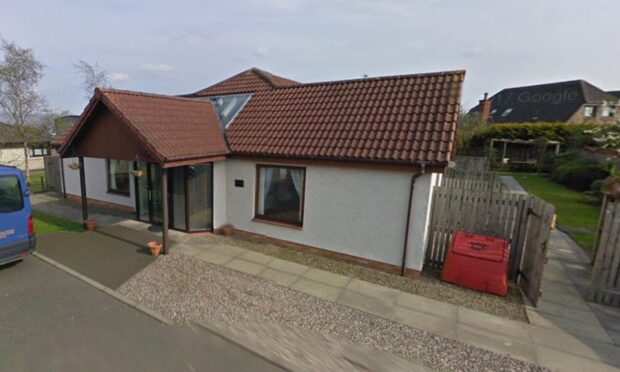
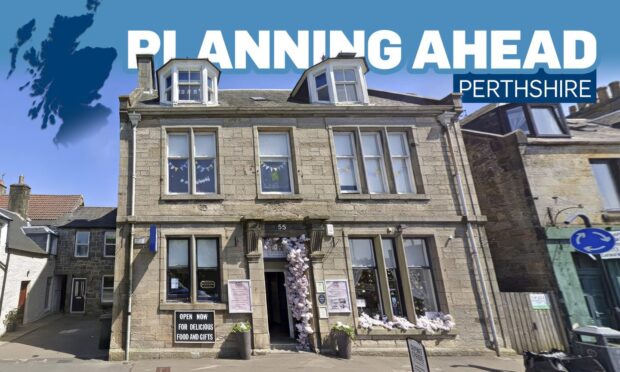

Conversation